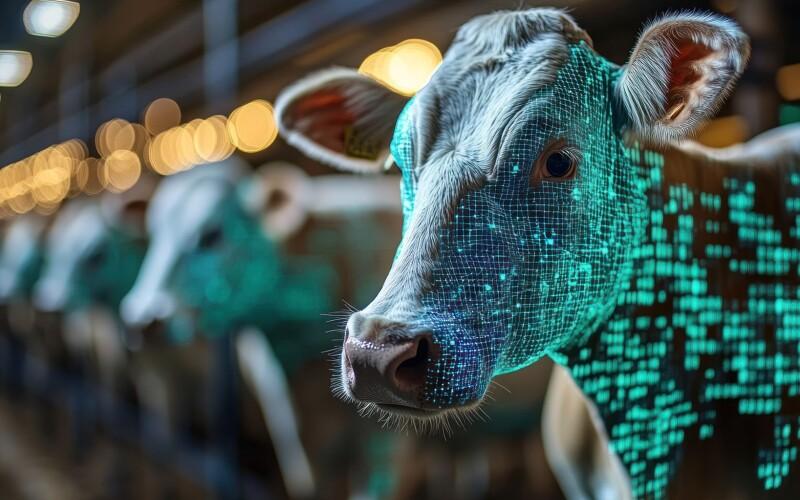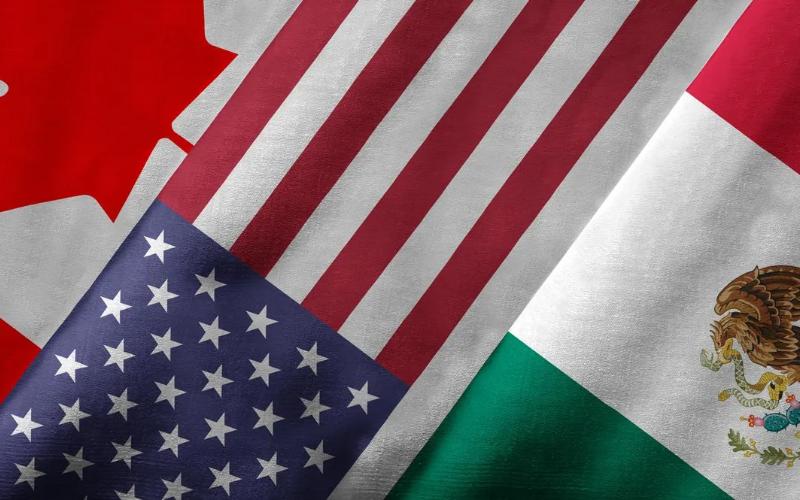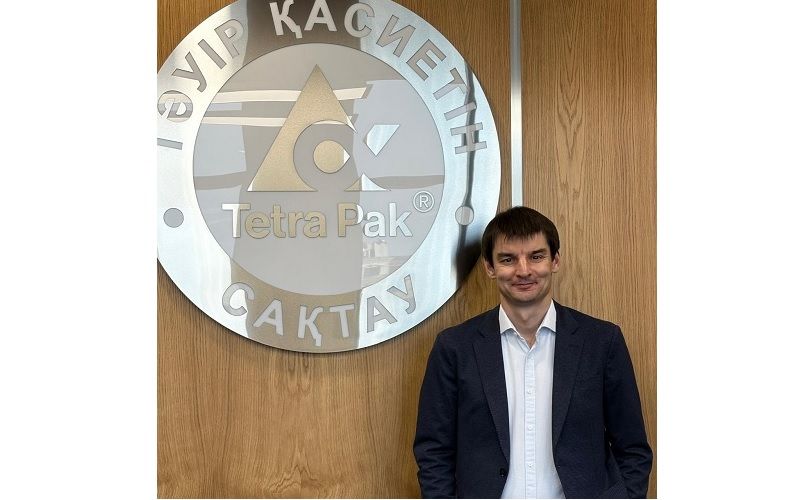US Dairy Profits Pivot on Beef-on-Dairy & AI Investment

The agribusiness and dairy sectors in the United States are currently navigating through a complex economic environment shaped by various unconventional factors. According to a CoBank report, tariffs, a decline in immigration, and significant AI investments are creating uncertainties in the economic outlook. These challenges, coupled with volatile import volumes and an erratic stock market, are causing businesses to proceed cautiously.
The US agribusiness sector faces a difficult supply-and-demand imbalance, with record harvests of corn and wheat becoming more of a liability due to tariff-induced market access restrictions. These tariffs have led to dismal soybean sales following reduced Chinese purchases and have escalated the average tariff on crop inputs from 1% to nearly 12%. This tariff increase is forcing producers to reconsider their use of fertilizers moving forward.
In contrast, the dairy sector is demonstrating resilience, primarily due to increased revenues from beef-on-dairy calves, which has enhanced dairy farmer revenues from $1 to $4 per cwt over the past four years. This new revenue stream continues to drive decisions despite a supply glut and falling milk futures, with the US dairy herd expanding to its largest size in over 30 years.
Animal protein demand remains strong domestically, with retail ground beef sales growing by 13% year-over-year in August. Despite these challenges, the poultry segment is positioning itself as a cost-effective alternative amidst high beef prices, ensuring that meat remains a dynamic part of the food supply chain.
An opportunity lies in rural America's growing role in AI infrastructure, with expected investments nearing $400 billion in 2025. However, an imbalance in the energy market poses a risk to this growth, potentially driving critical AI operations overseas if not addressed soon.











